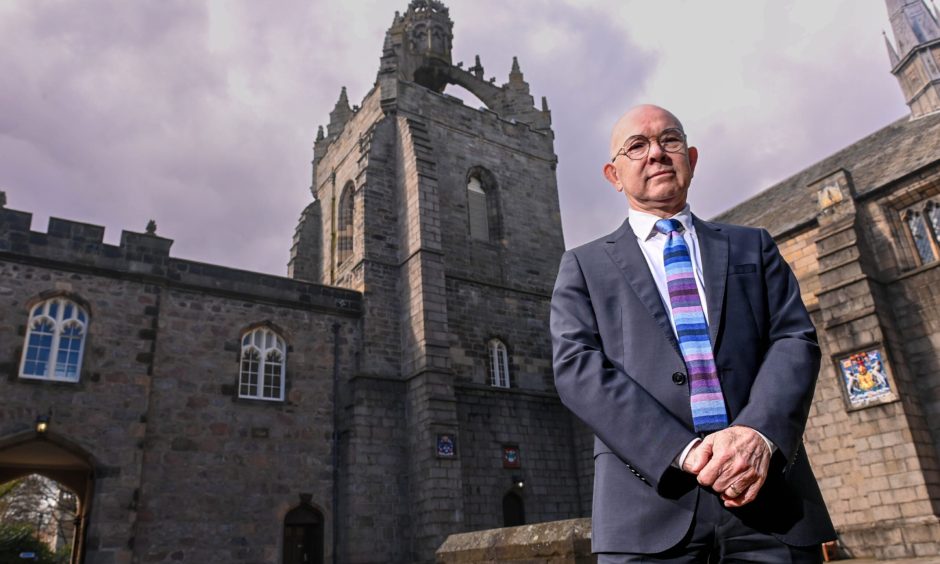
“If it wasn’t for Aberdeen University, I wouldn’t be alive today”, principal George Boyne grins.
What might sound like the hyperbole of a man too committed to the job is, in fact, scientifically correct.
The leader of the institution is diabetic, and he’s pointing at a facsimile of the Nobel Prize awarded to alumni graduate JJR Macleod for his role in inventing insulin.
It’s a personal admission I didn’t expect when I visited his office at the historic Old Aberdeen campus to discuss the university’s current financial quagmire.
Hammered by plummeting numbers of high-paying international students and with little hope of extra funding to make up for that shortfall, the leader needs to save millions of pounds.
Plans to cut jobs and reduce courses have been met with fury, inviting a tidal wave of negative publicity.
I met the individual at the eye of the storm on a gloomy Monday afternoon to see where things stand.
This would have been the fourth of six strike dates – a situation only avoided when enough seasoned staff came forward to accept voluntary redundancy packages.
The move appears to have offset the risk of anyone being pushed out the door.
But for a man I expected to have the weight of the world on his shoulders, George Boyne is surprisingly upbeat.
He explained to me why he is so confident this cash crisis can be overcome.
In our exclusive interview, the principal reveals:
- His plan to get the university out of its current malaise
- How cruise ship tourists could provide a lucrative funding stream
- That he would even consider selling his own house, a historic home of principals for centuries, if ancient rules could be navigated
- And he opens up about how someone ‘from his background’ might never have been expected to make it to this position
Who is George Boyne?
Not only is George Boyne lucky to be alive, as he cheerfully imparts, he is fortunate to be where he is today.
He grew up in a flat on King Street, just a stone’s throw from the campus.
His parents were “attached in different ways” to the university.
Mr Boyne’s mum was serving up meals in the refectory.
And his dad was a joiner who met with luck himself, avoiding harm while working in the zoology building when it collapsed during construction in 1966.
But attending King Street Primary School, the young George Boyne didn’t dare even tread a few hundred yards to step foot on university turf.
It wasn’t, he thought, for the likes of him.
That was to change as he grew older and enrolled at the Old Aberdeen institution.
A few degrees and prestigious posts later, he took the top job at Aberdeen University in the summer of 2018.
Years of unrest followed ‘proud homecoming’
Speaking at the time, he told us he was “proud to be home” and excited about “driving the university forward”.
He had barely got it out of gear when calamity struck. And then struck again, and again.
George Boyne was welcomed to Aberdeen University with crisis upon crisis.
A disastrous domino effect brought Brexit chaos, a global pandemic which turned life as we knew it upside down, the Ukraine war and rocketing living costs.
All of which brings us to today, and a mountain of debt that needs dealing with.
The university’s annual report published in May even acknowledged that, for a spell, its future was “in significant doubt”.
The principal may not have known what he was getting in for, but you don’t get the feeling he views it as a poisoned chalice.
How did the university end up in so much debt?
There are two main answers to this, the academic tells me. Neither is simple, and neither has an obvious solution.
Mr Boyne arrived at a university which had its hopes pinned on foreign students in the midst of Brexit.
So didn’t he foresee trouble on the horizon?
A senior lecturer blowing the whistle in the P&J certainly thought so, lamenting years of alleged mistakes that had caused the current predicament.
The anonymous insider said chiefs had naively put all their eggs in one basket by doggedly pursuing international students despite warnings it could be risky.
Mr Boyne blames Boris Johnson.
The former Prime Minister, he says, instilled something of a false sense of security.
The principal recalls: “At the time, there was the prospect of growth.
“We didn’t see any policy coming that would limit that growth.
“In fact, when Boris Johnson was prime minister, he set targets to expand the number of international students…
“We saw a supportive context for this.”
‘It is a huge hit’
Things took a turn for the worse after the Conservatives banned international students from taking their families with them to the UK from January.
Thousands opted not to come here to study.
“That has discouraged a lot of people from joining us. They have gone to other countries instead,” Mr Boyne says.
“Numbers are down 45% year on year [for the January intake of international students on postgraduate taught courses].
“It is a huge hit.”
So is there hope of a change at the upcoming Westminster election?
If the Tories are ousted from power, will international students come flocking back?
Mr Boyne isn’t so sure of that, but he does have faith that the “rhetoric” surrounding international students will change.
“We think more welcoming language will be used,” is how he puts it.
“There will be a different message about whether the UK welcomes international students.”
He hopes this could pay off – though any “uplift” might not be visible until the beginning of the 2026/27 term.
But it’s not just that.
Academia is between a political rock and a hard place, with foreign students staying away as a result of the UK Government’s policies, and dwindling settlements from the Scottish Government.
A £28.5m cut to Scottish universities was announced at the start of the year.
Staff face brunt of Aberdeen University savings drive
And the higher education sector is “like any other industry” as it battles to cover costs, Mr Boyne argues.
Faced with the financial quandary, the university had to look at its biggest outgoing to make some savings: Staff.
This leads us to where we are today, with jobs on the line, and a workforce who it’s claimed dreaded returning after the Christmas break.
The language department has been most notably hit, with initial fears that 30 jobs would be lost amid decreasing numbers of student enrolment.
Following international backlash, plans to axe “unsustainable” French, German and Gaelic courses were scaled back.
Despite the U-turn, politics lecturer Malcolm Hervey said his “pride in the university had turned to shame”, with staff wellbeing “an afterthought”…
How are relations with staff?
I notice at one point during our chat that George is sitting beneath a framed image depicting the final scene of American comedy classic Some Like It Hot.
Jack Lemmon is fixing a bemused look out at the room, accompanied by the words “well, nobody’s perfect”.
This is a sentiment some staff and students may have shared over the rocky past few months.
Even before the redundancies row, a marking boycott appeared to strain relations.
So how are things between management and lecturers?
Side-stepping the threat of compulsory redundancies has, the boss says, eased tensions…
Mr Boyne tells me his “hope” is to make enough savings via voluntary redundancy and early retirement.
But he adds: “We can’t say for sure we will achieve all the savings via voluntary exit. That is our aspiration.”
The plan is to reduce a £15m deficit to £12m during this academic year, then trim that to £6m across 2024/25.
By 2025/26 chiefs aim to break even.
This will give the university time to “adapt to these new circumstances” while plotting ways to grow income.
How can the university start MAKING more money?
One lucrative avenue is “transnational education” – in other words, if students abroad can’t come to Aberdeen University, then bring Aberdeen University to them.
There are already outposts in Qatar and China.
Mr Boyne explains that there are a “number of universities in south China”, including Guangzhou, where Aberdeen’s computing programme is being rolled out.
“We think they will both expand,” the principal adds.
And a greater focus on online education means the university “can reach people across the world, from Aberdeen”.
The university also plans to champion education in data and AI in a bid to lure more students.
Meanwhile, popular courses like health and engineering continue to show promise.
And Mr Boyne says a criminology programme is “really flying”.
And what about cruise ship tourists?
The cash quandary comes at a time when the university campus is being embraced by thousands of new visitors every summer.
It’s a popular destination for cruise ship tourists, who last year told us it was “better than Edinburgh“.
The university has thus far only hinted at capitalising on this boom, with plans for a coffee truck floated in September.
But is tourism a possible cash cow?
The university appears to think so, pondering ways to make the trip through its historic buildings more of an experience.
Mr Boyne adds: “We would love the tourists to get into some of our buildings at the weekend.
“We have plans to make that happen, with a place to maybe buy a T-shirt and a coffee as well.
“A cafe, a museum and memorabilia… That would all be great.
“It would be good to have information to let them know how long we have been here for, and what our traditions are… About our history and where we are now.
“It would be good for the university and good for the reputation of the city.”
Is Aberdeen Sports Village at risk?
The university runs Aberdeen Sports Village along with its cash-strapped council counterparts and SportScotland.
Seeking to find its own “firm financial footing”, Aberdeen City Council officials were recently tasked with looking into agreements with other organisations.
It soon became clear that, should the council pull out of the deal, then the 13-year-old complex would close.
This, they confirmed, was because Aberdeen University wouldn’t be able to afford to look after it.
Running a complex of its size, with a pair of swimming pools, is a costly endeavour.
So should fans of the leisure complex be concerned?
The principal doesn’t think so.
“I was there at the weekend and I saw how many people go… Students go there, staff go there.
“This is a fantastic, valuable asset for us.
“I think the university and the city council will work hard to keep it open.”
George Boyne: ‘I would consider selling Aberdeen University home’
Mr Boyne, in taking the principal job, also agreed to move into Chanonry Lodge.
It’s a grand 18th century home just opposite St Machar Cathedral.
By staying there he is keeping alive a tradition that dates back centuries.
Under the agreement, he pays £1,000 per month in rent.
An investigation by student newspaper The Gaudie found it required £119,000 of repairs in the last five years – and has been used less and less for official functions.
In the current financial climate, is it time to part with this aspect of the past?
Homes in that particularly opulent part of Old Aberdeen can fetch sums in the upper-six-figure region after all.
And Mr Boyne isn’t ruling out boxing up his belongings if that would be best for the institution he helms.
“I’m required to live there. Principals have lived there for hundreds of years,” he explains.
“But if that contract were to be renegotiated, I would be open to that… We are looking at absolutely everything right now.”
Will George Boyne steer Aberdeen University through crisis?
I ask where Mr Boyne sees the university in five years time.
After a brief pause, he answers: “Our transnational education will have expanded. Our online education will have expanded.
“Many if not all of our international students will have returned.
“I fear our public funding will not be much better, because the money simply isn’t there, but we will have expanded our revenue to cope with that.”
Gazing out the window across an institution that dates back hundreds of years appears to put him at ease about the current crisis.
“We survived the reformation, we survived two world wars… I think those were more difficult times than those we are going through.
“You need a sense of perspective and our history provides that sense of perspective.
“It’s a short-term problem, we will come out of it…”
And he’s quick to stress recent accolades somewhat overshadowed by the controversies on campus.
Last year the university rose to its highest ever position in the Guardian University Guide – at 12th place in the UK overall and top for medicine.
That came after ranking in the top 20 of The Times/Sunday Times Good University Guide three years running.
He added: “We are in a strong position as we go into this period of financial turmoil.”
‘That’s why it’s so inspiring for me to be here’
Getting Aberdeen University back onto firm financial footing isn’t George Boyne’s only priority over the next few years.
Elsewhere on his office wall is a nod to his working class upbringing close to Pittodrie – a framed image of John Hewitt clinching Aberdeen FC the European Cup Winner’s Cup with a historic header.
As he knows only too well, it’s not just the old-fashioned streets that can deter people from venturing onto the campus.
He wants to make sure children from less affluent parts of Aberdeen know that this really is something they can aspire to.
“I say that from the heart,” he tells me.
“I grew up 500 yards away from this campus and I was never on it until I came here as a student.
“For kids from my background, we need to be better at reaching out.”
He ultimately went on to graduate from the university with a politics and economics degree in 1977, and he wants others to follow in his footsteps.
“I want them to feel ‘this is the place for me’,” he smiles.
“I have been lucky.
“And now I want other people to to have the chance to have that same luck.”
Do you think Mr Boyne’s strategy will repair the university’s finances? Let us know in our comments section below
He taps that replica of the Nobel Prize as I get up to leave.
The discovery of insulin 100 years ago has saved tens of millions of lives, including that of the man standing opposite me.
“That’s what Aberdeen University is capable of… Science of that quality, that saves lives,” he adds.
“This is why it’s so inspiring for me to be here, and to be in this job.”
What next for mothballed Crombie Johnston student halls at Aberdeen University?
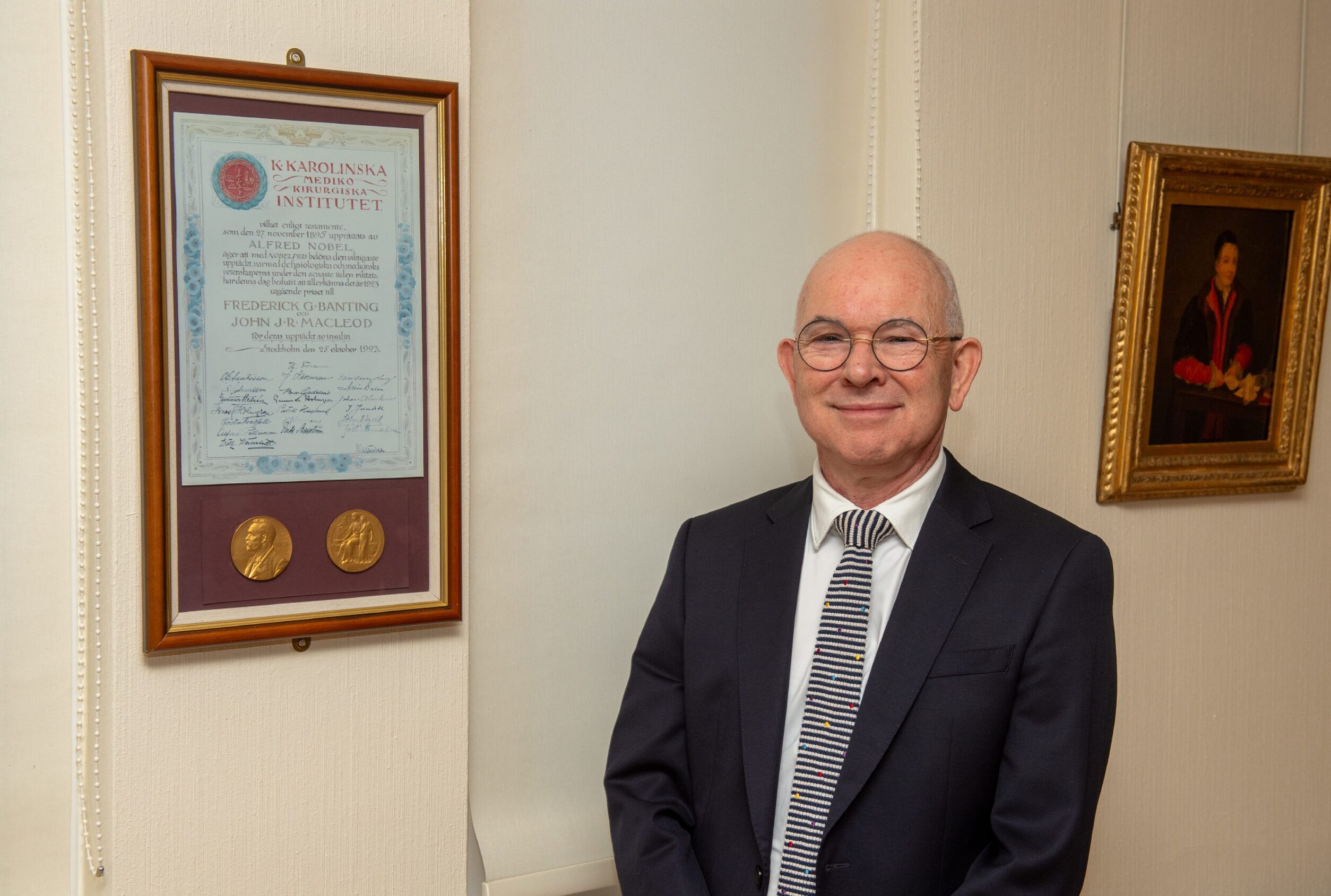
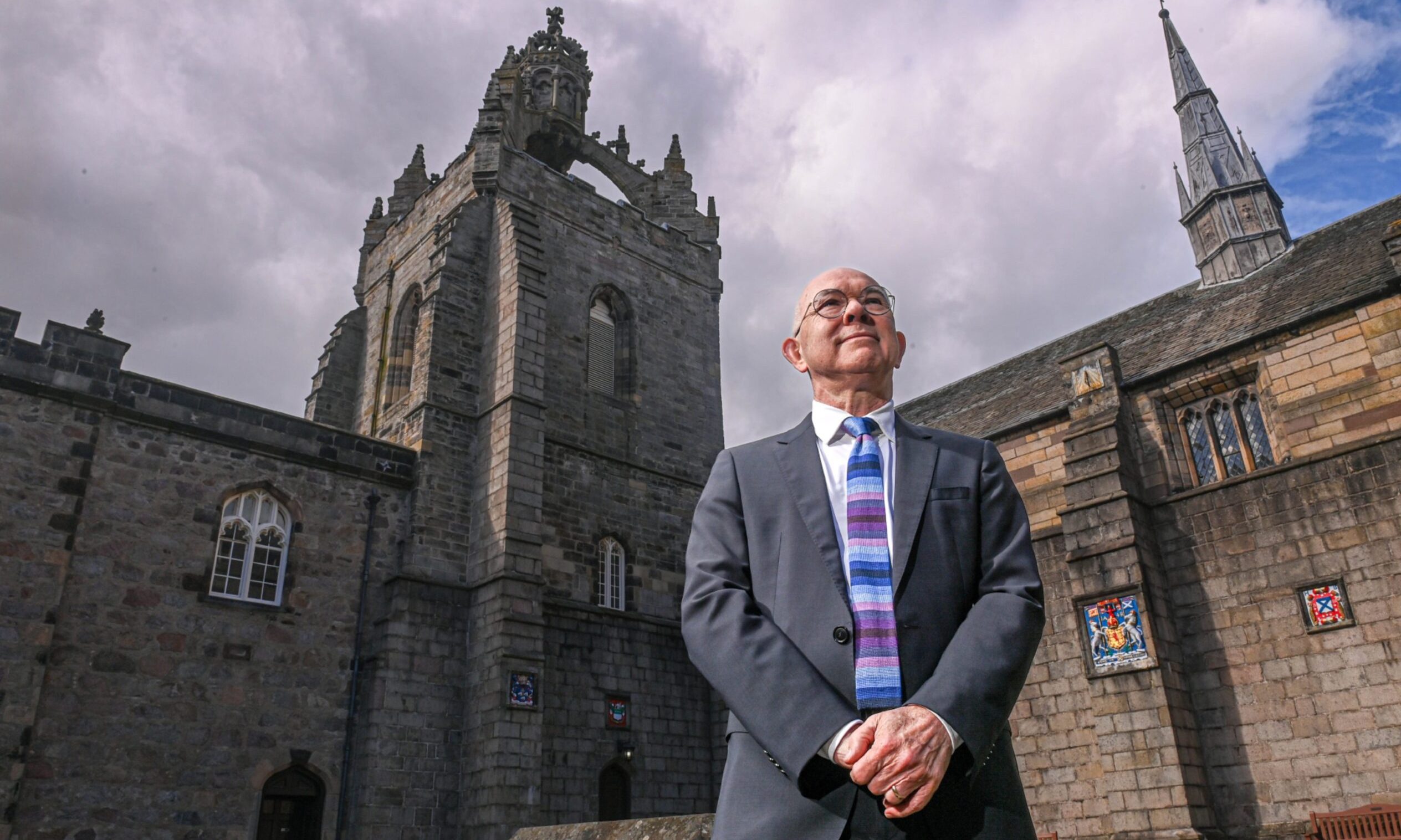

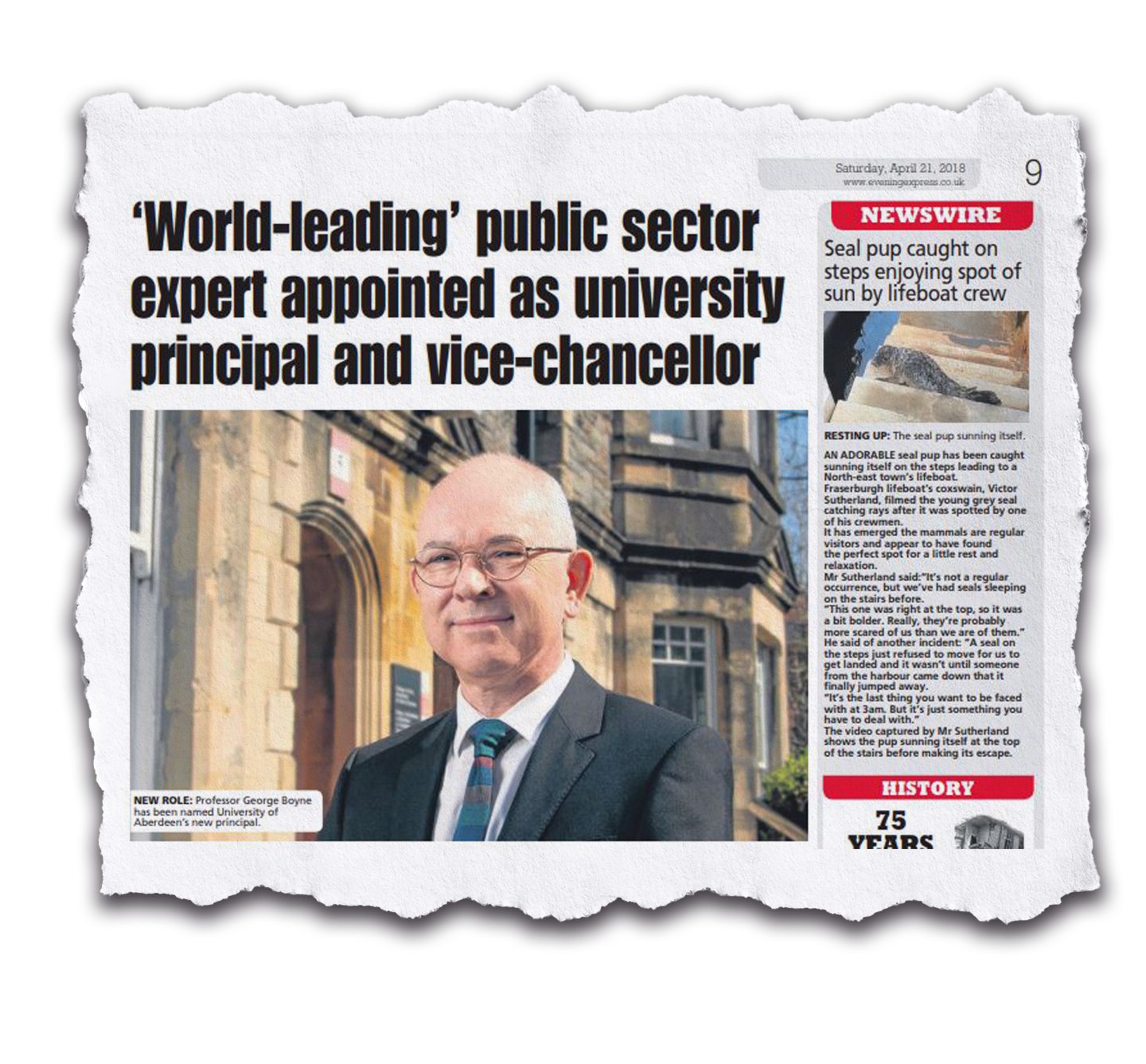
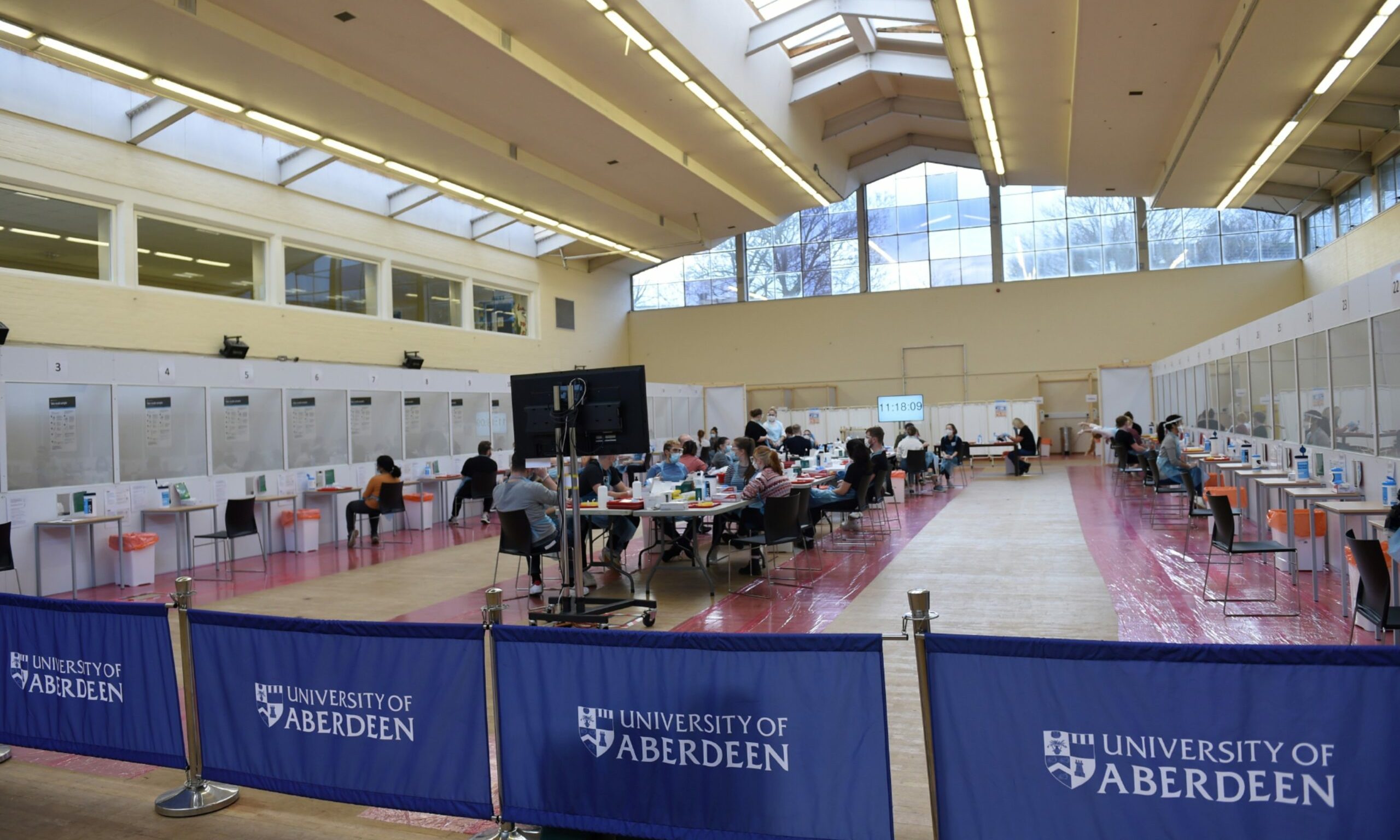
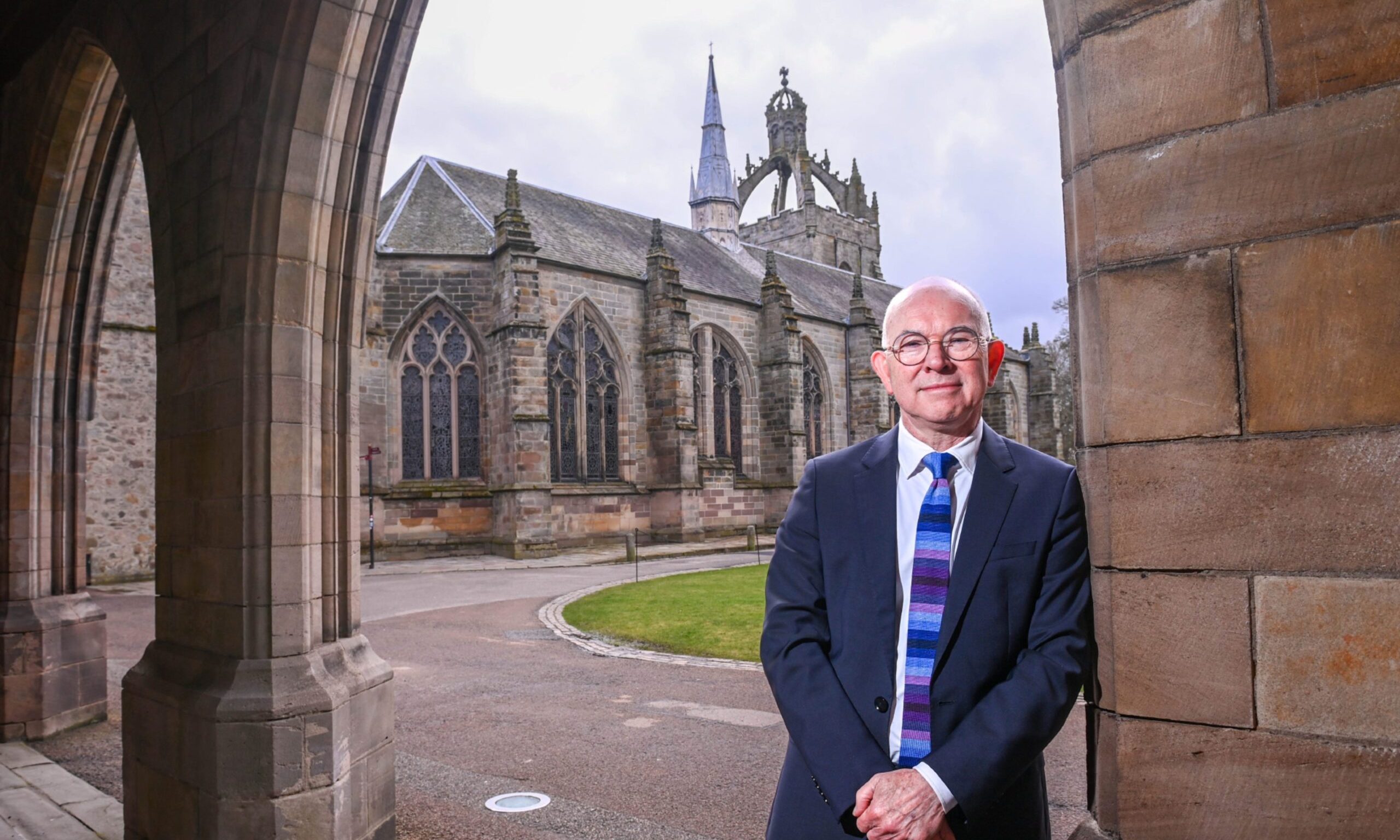

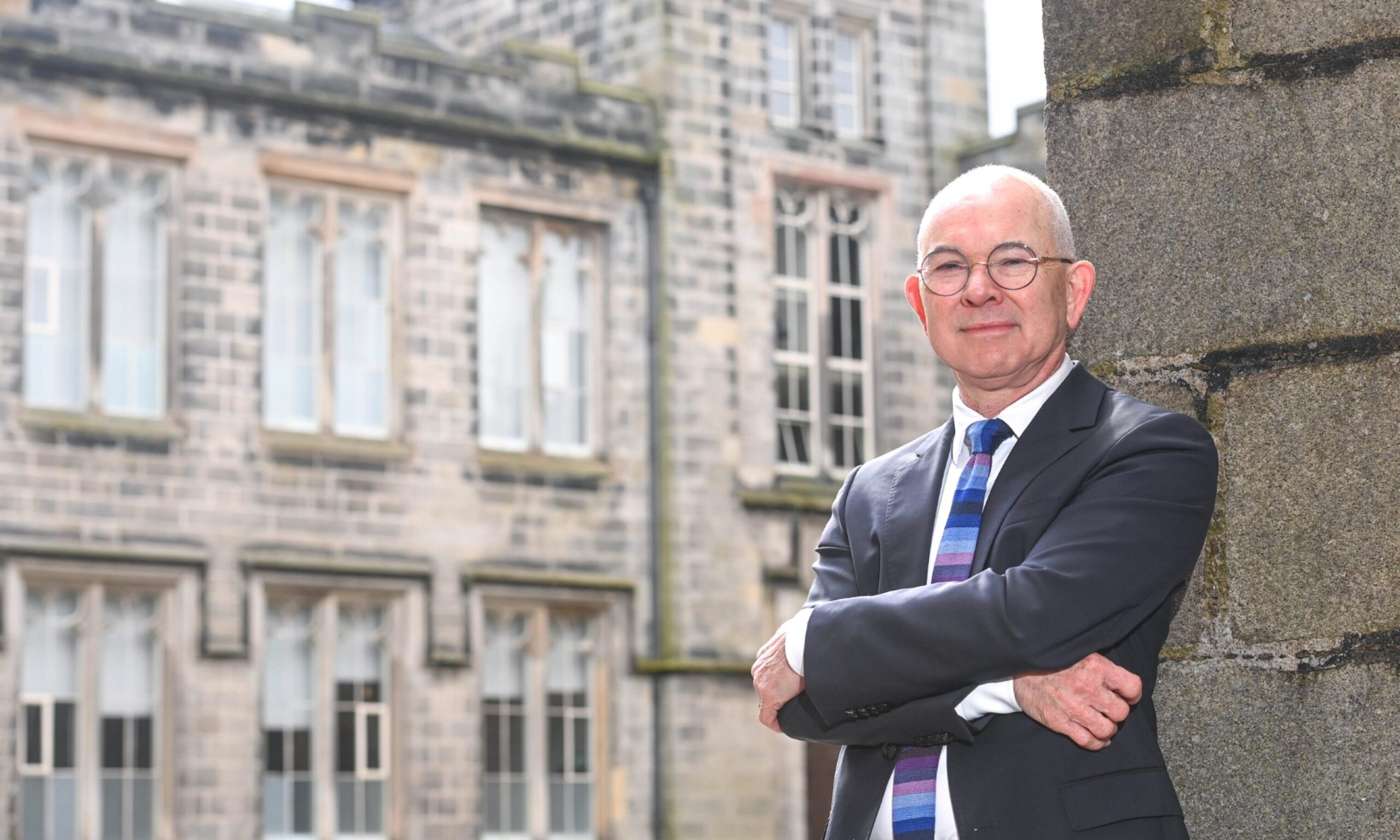
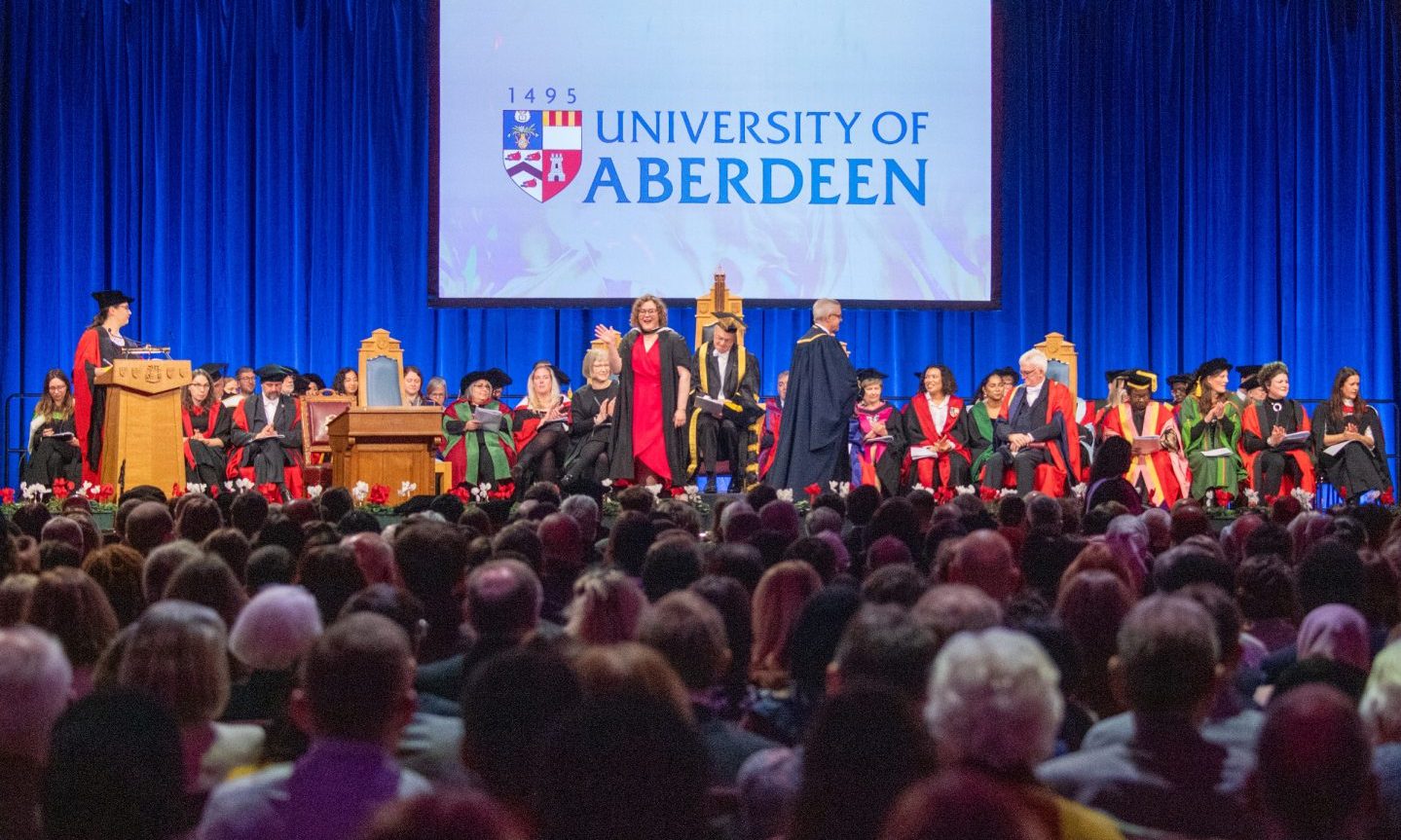

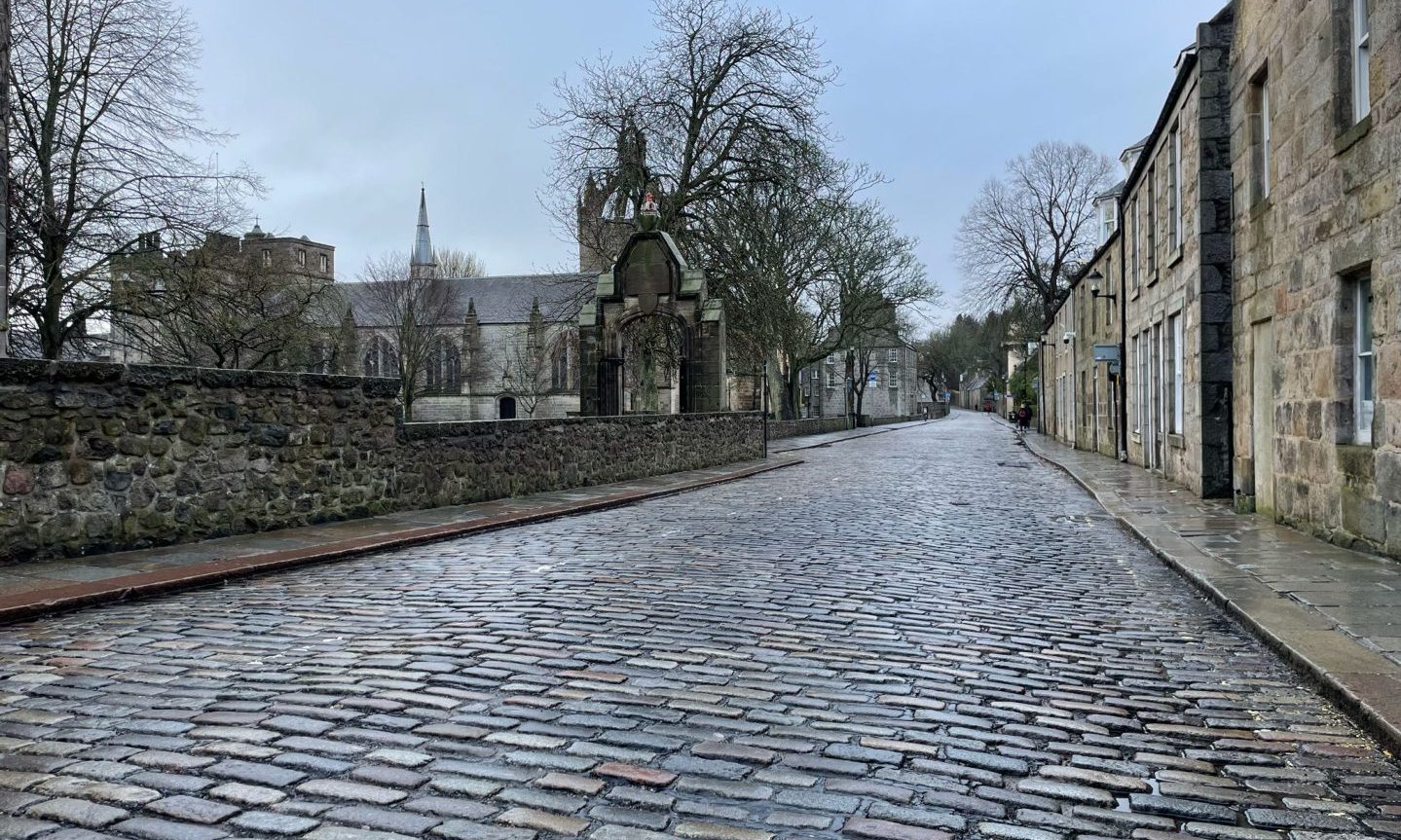
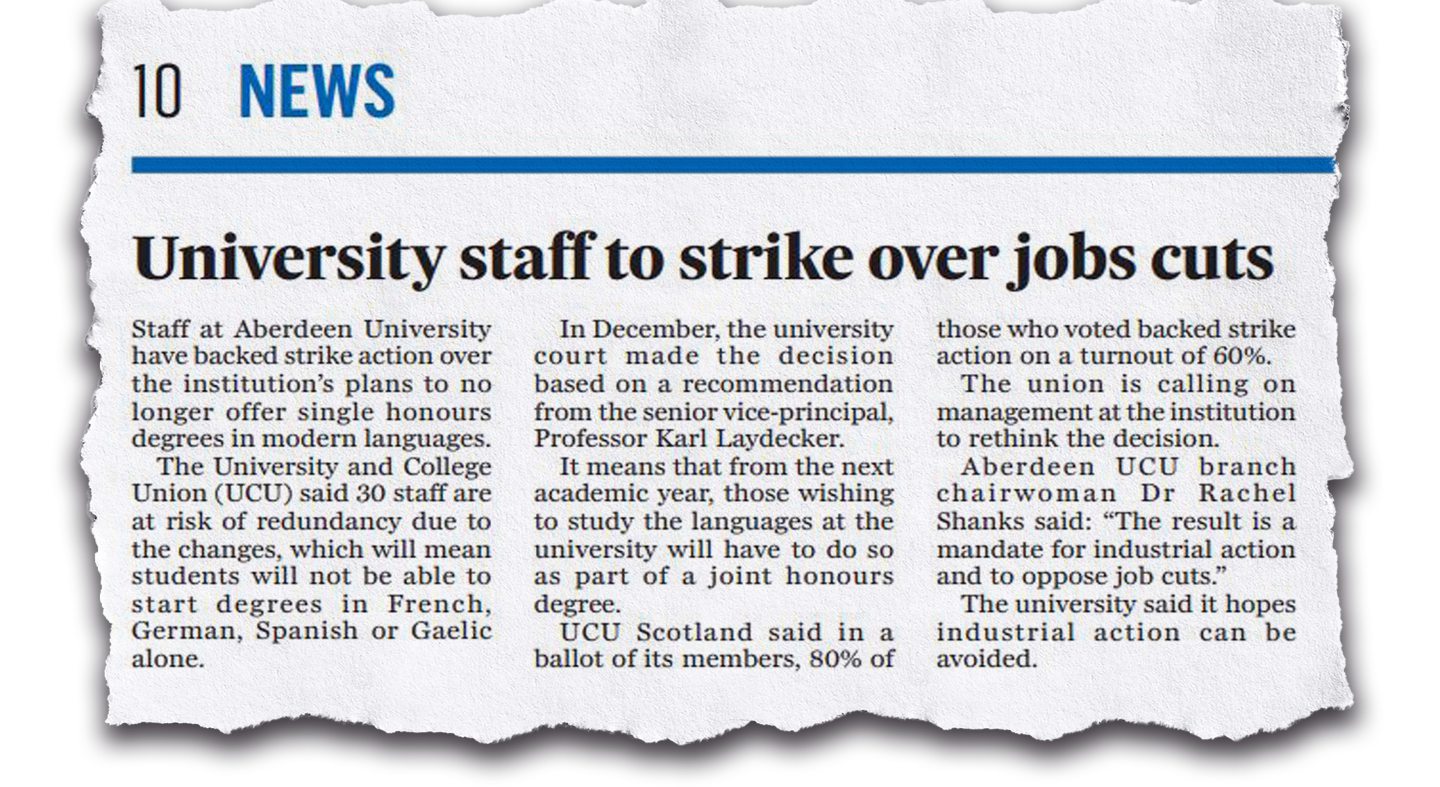


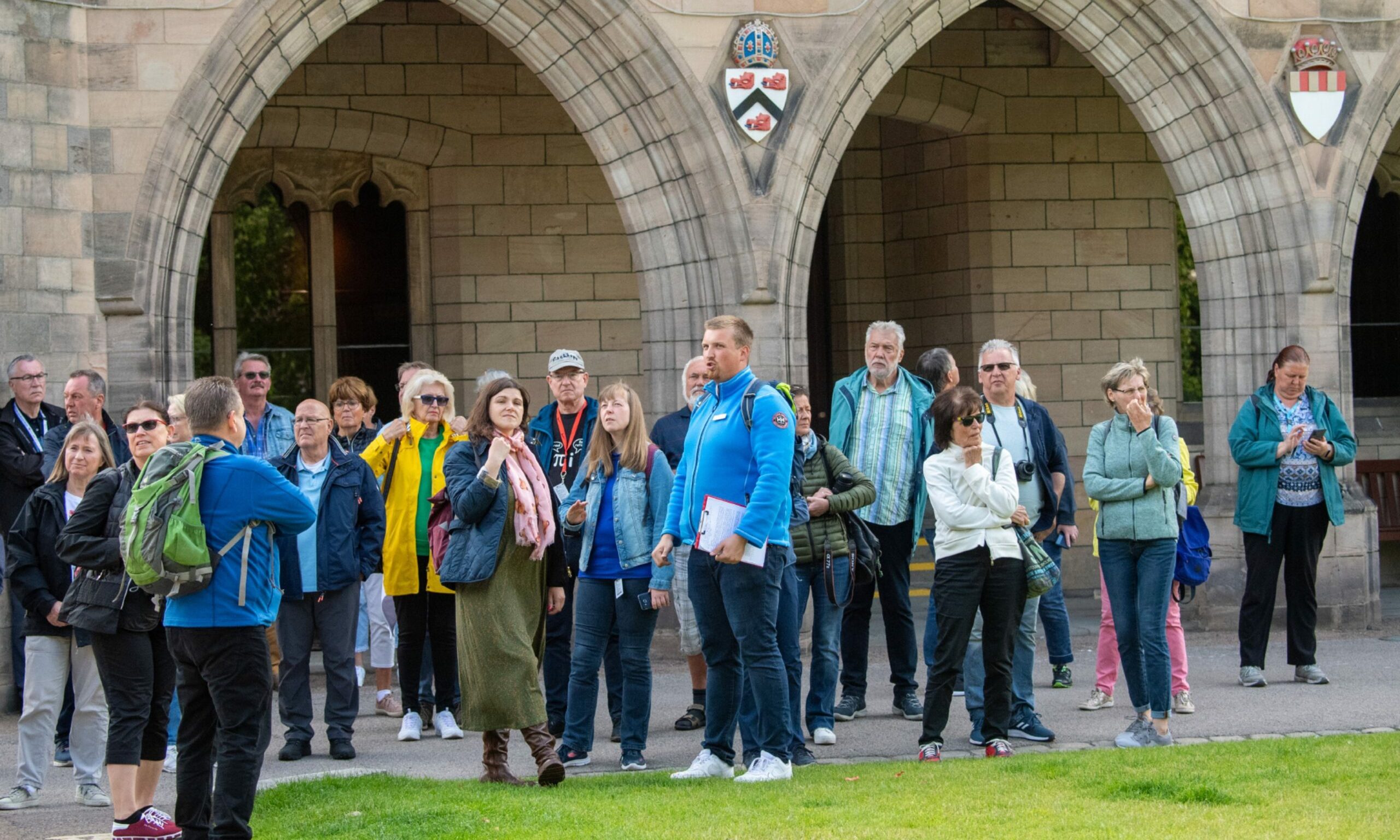
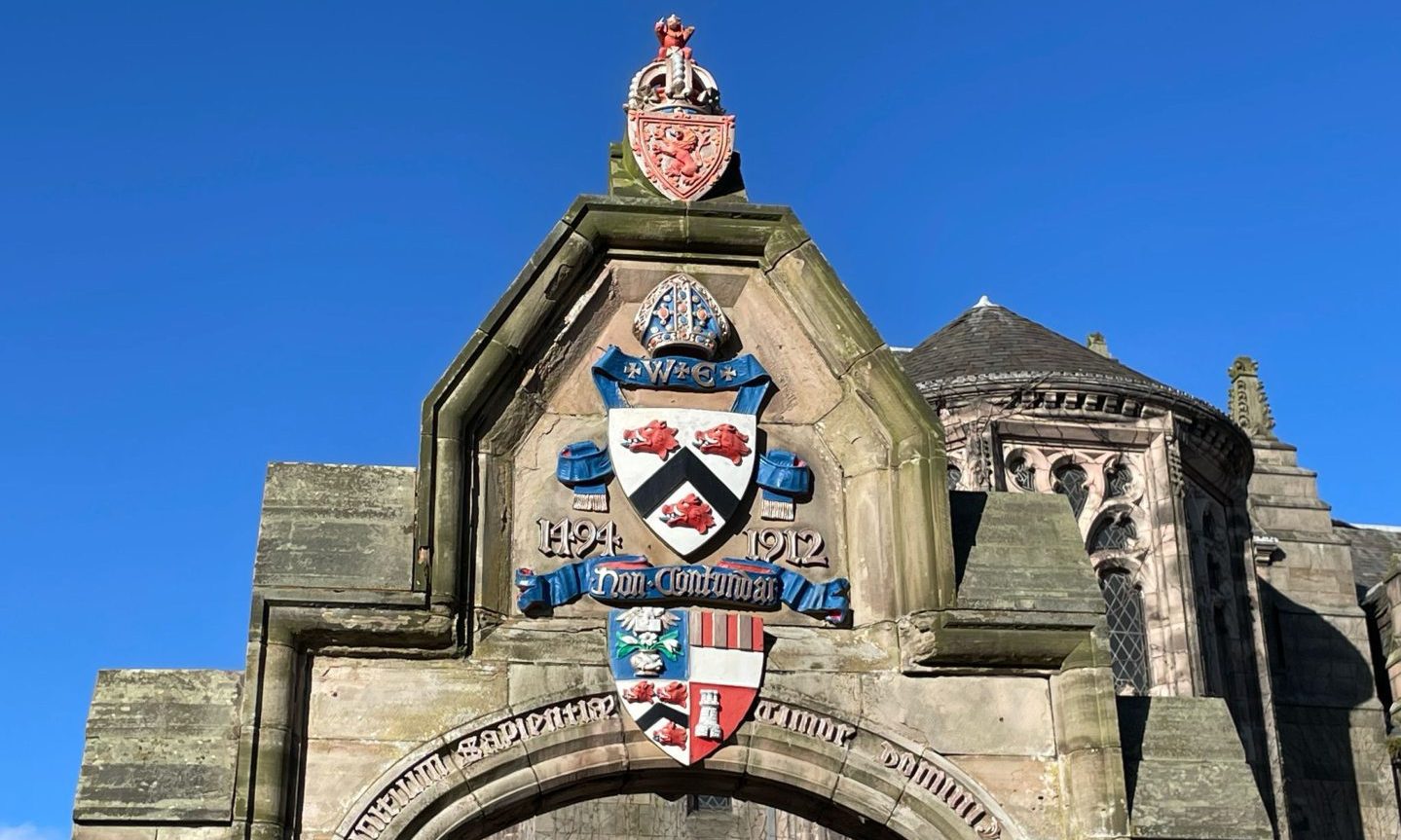
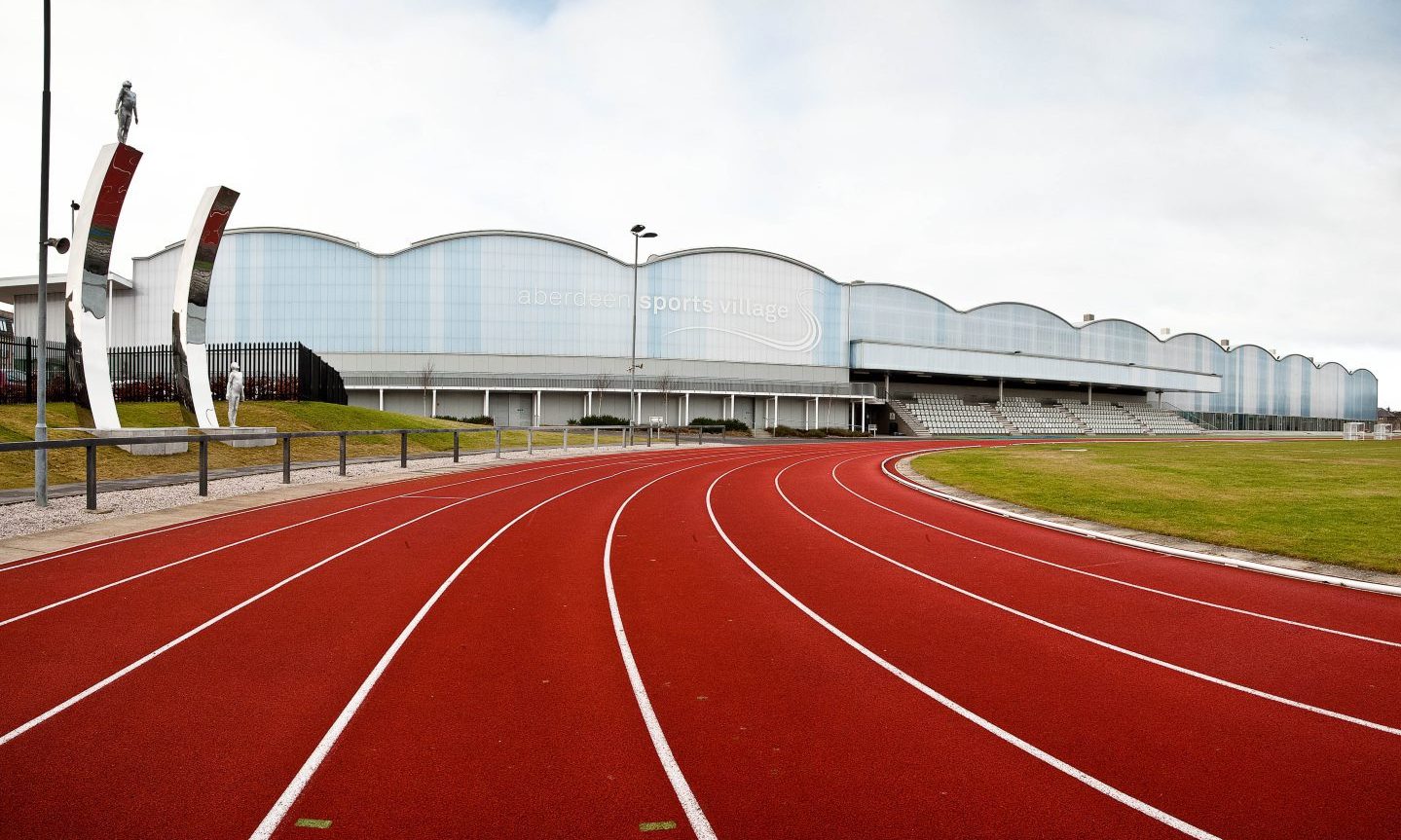
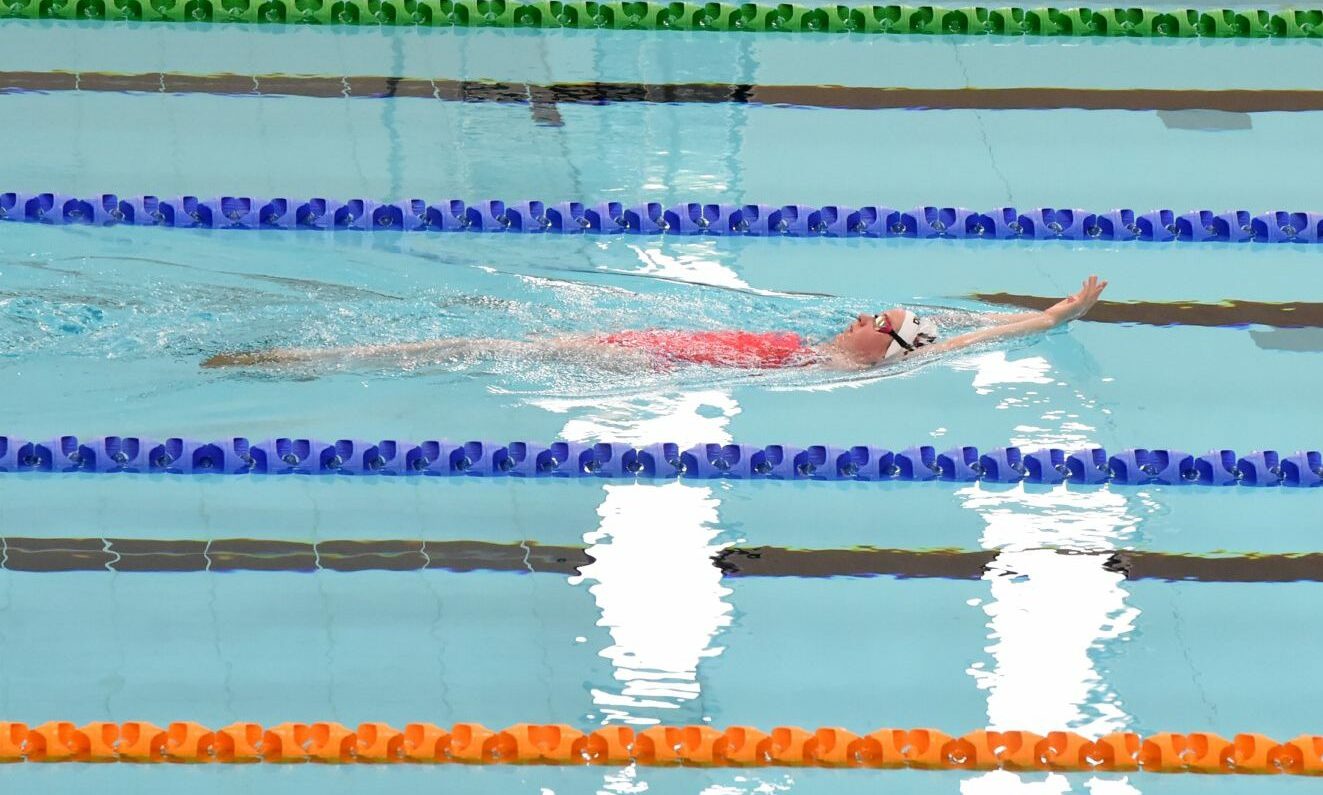
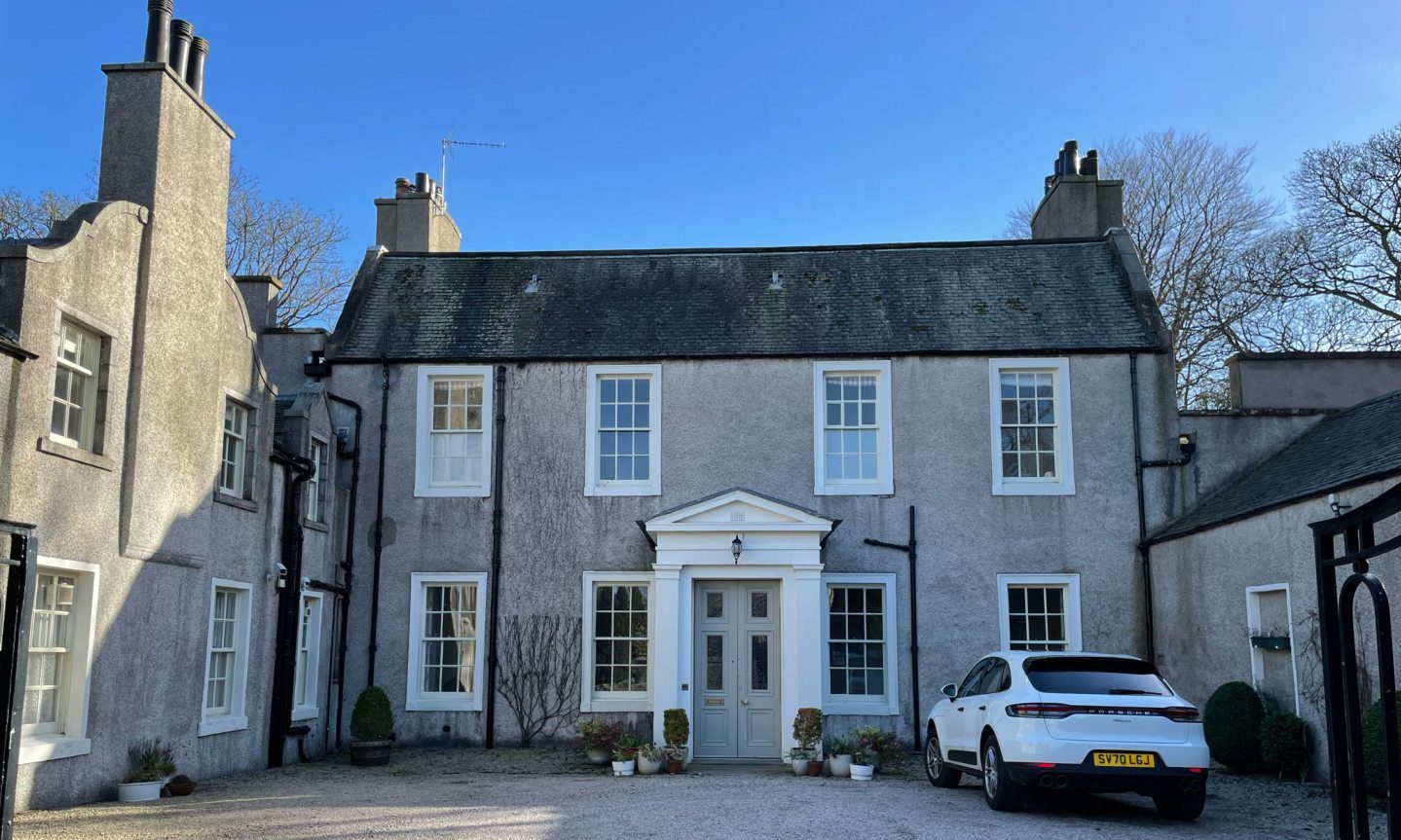
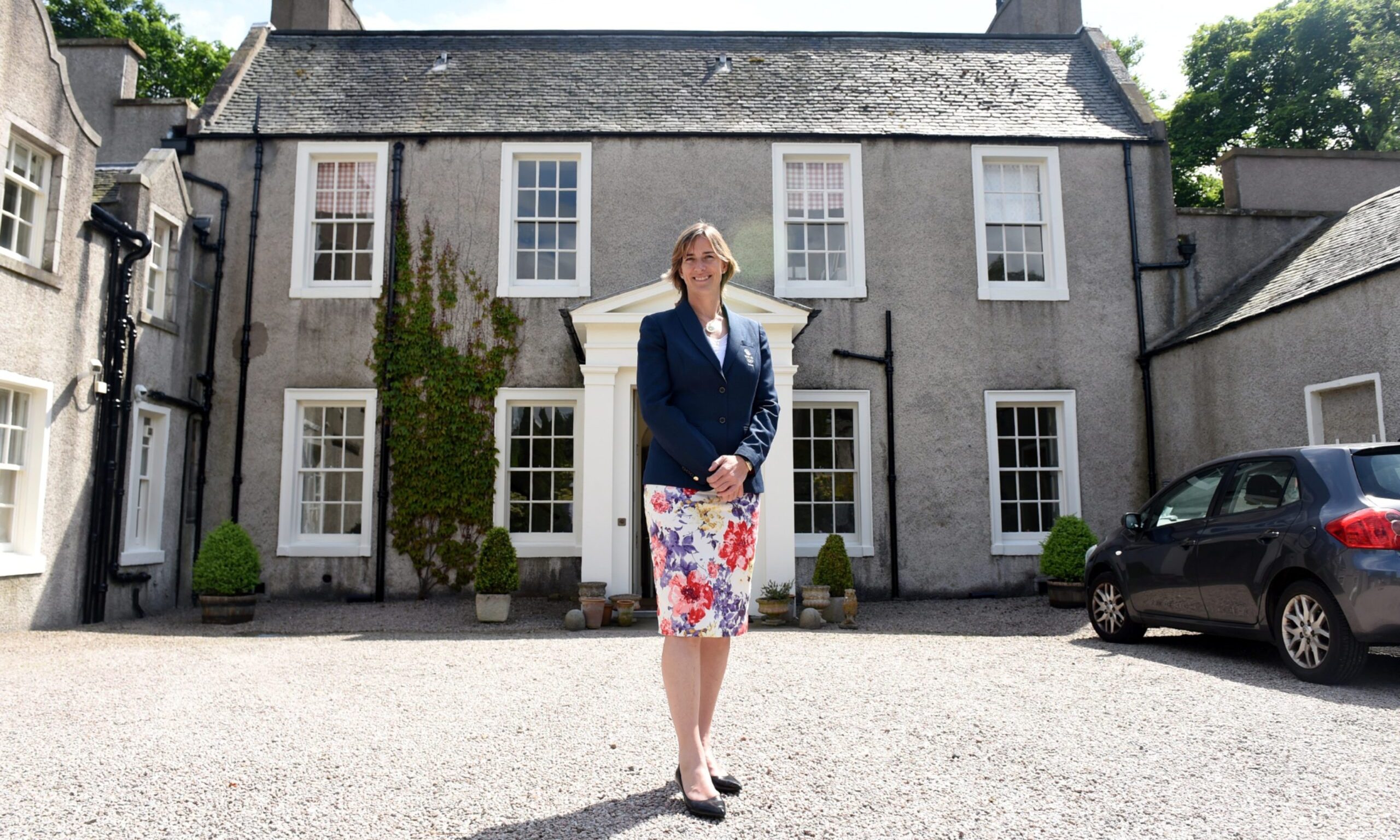
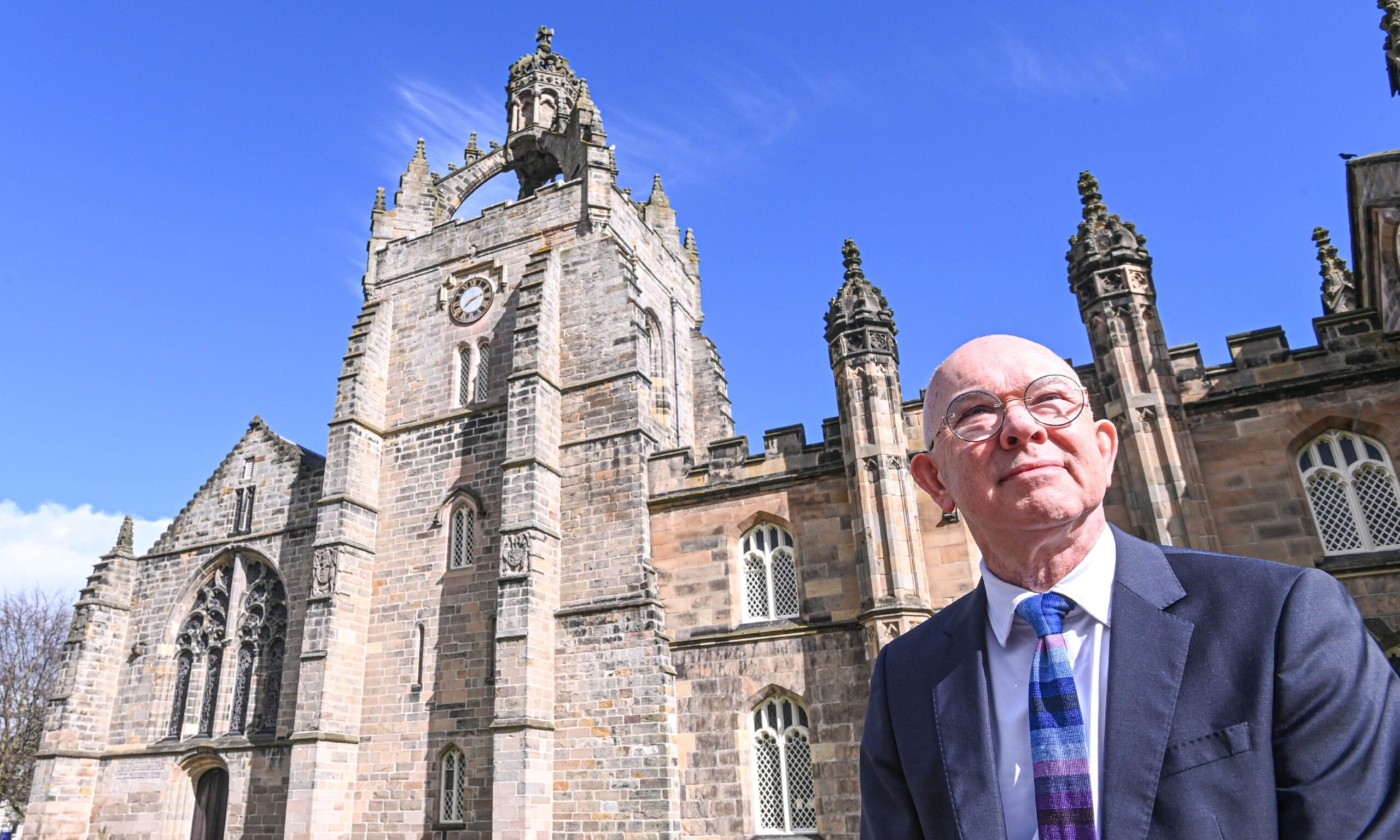
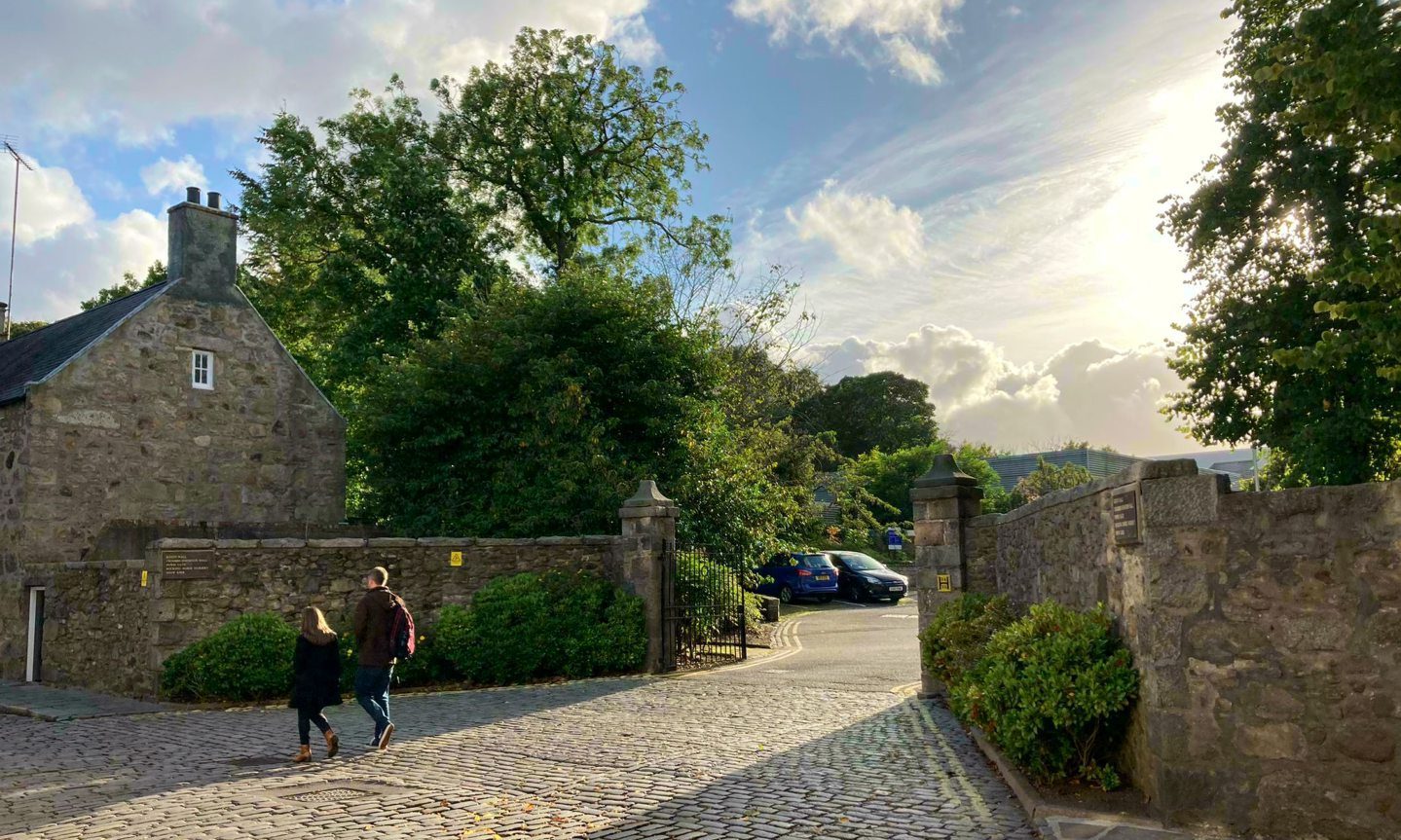
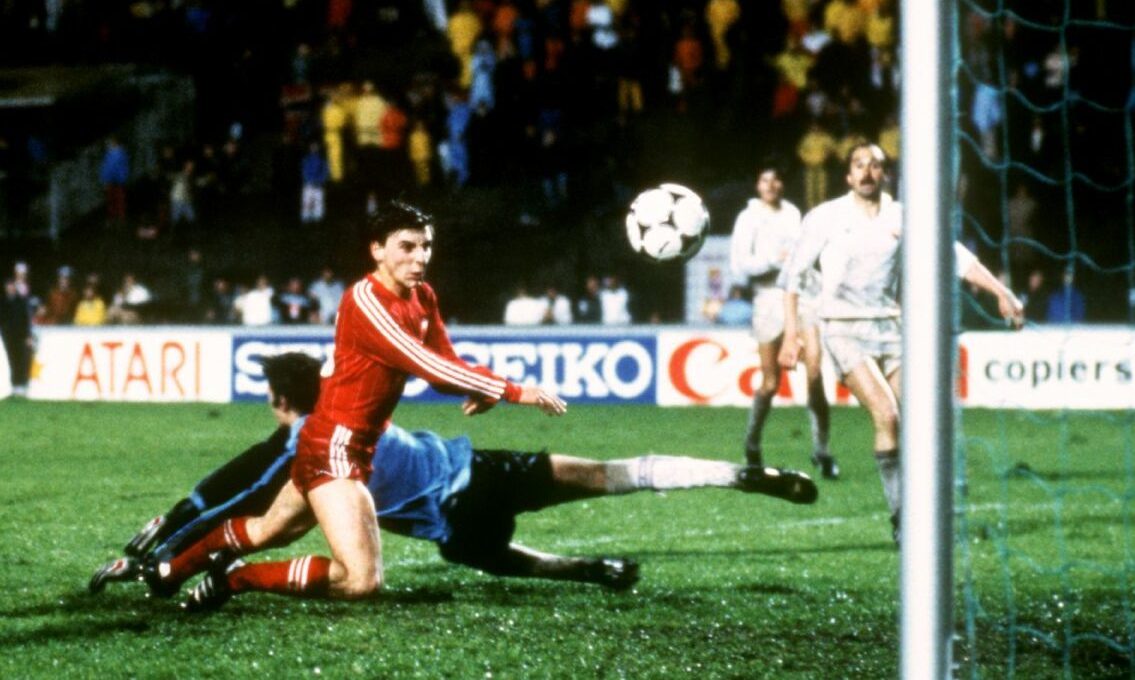
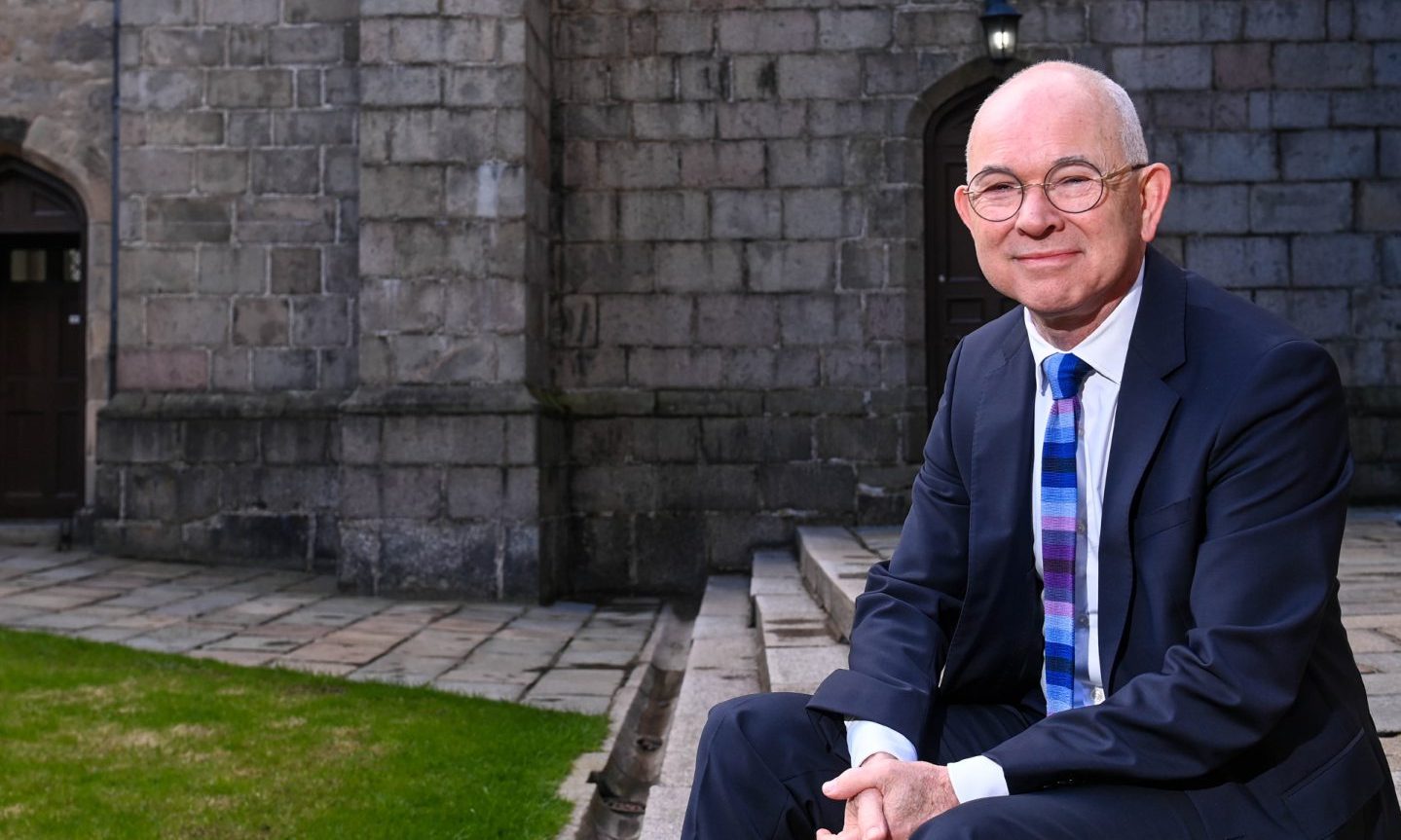

Conversation